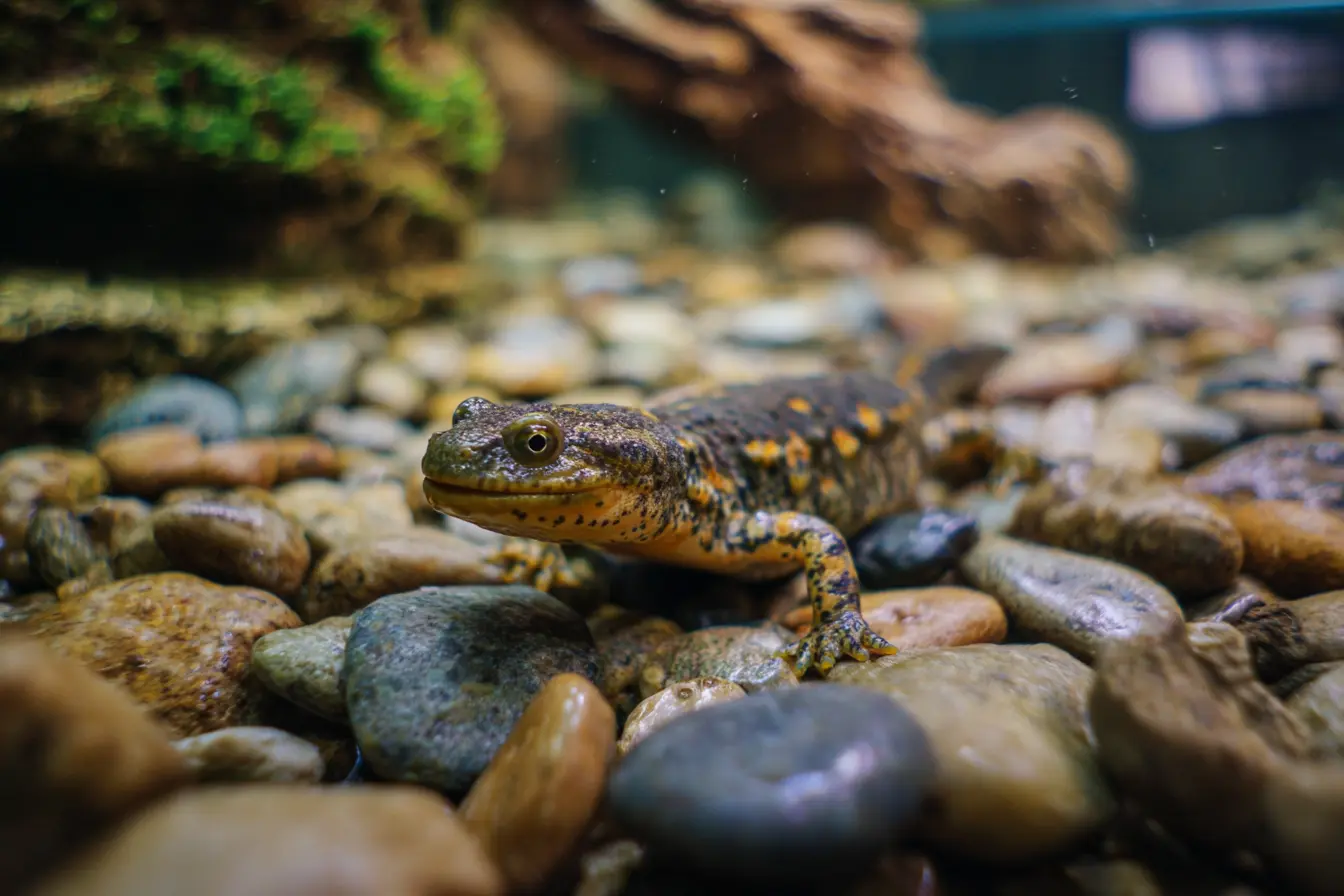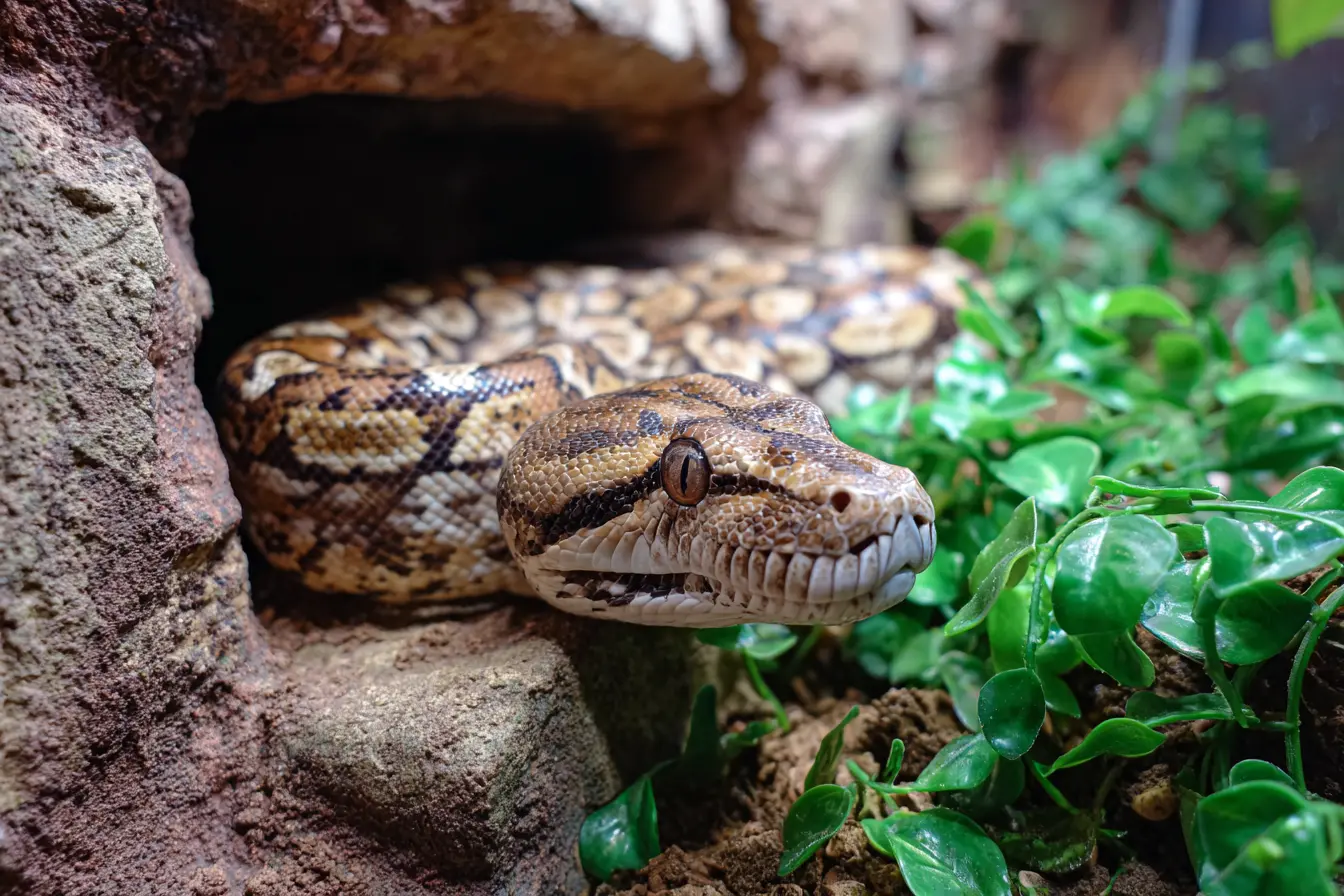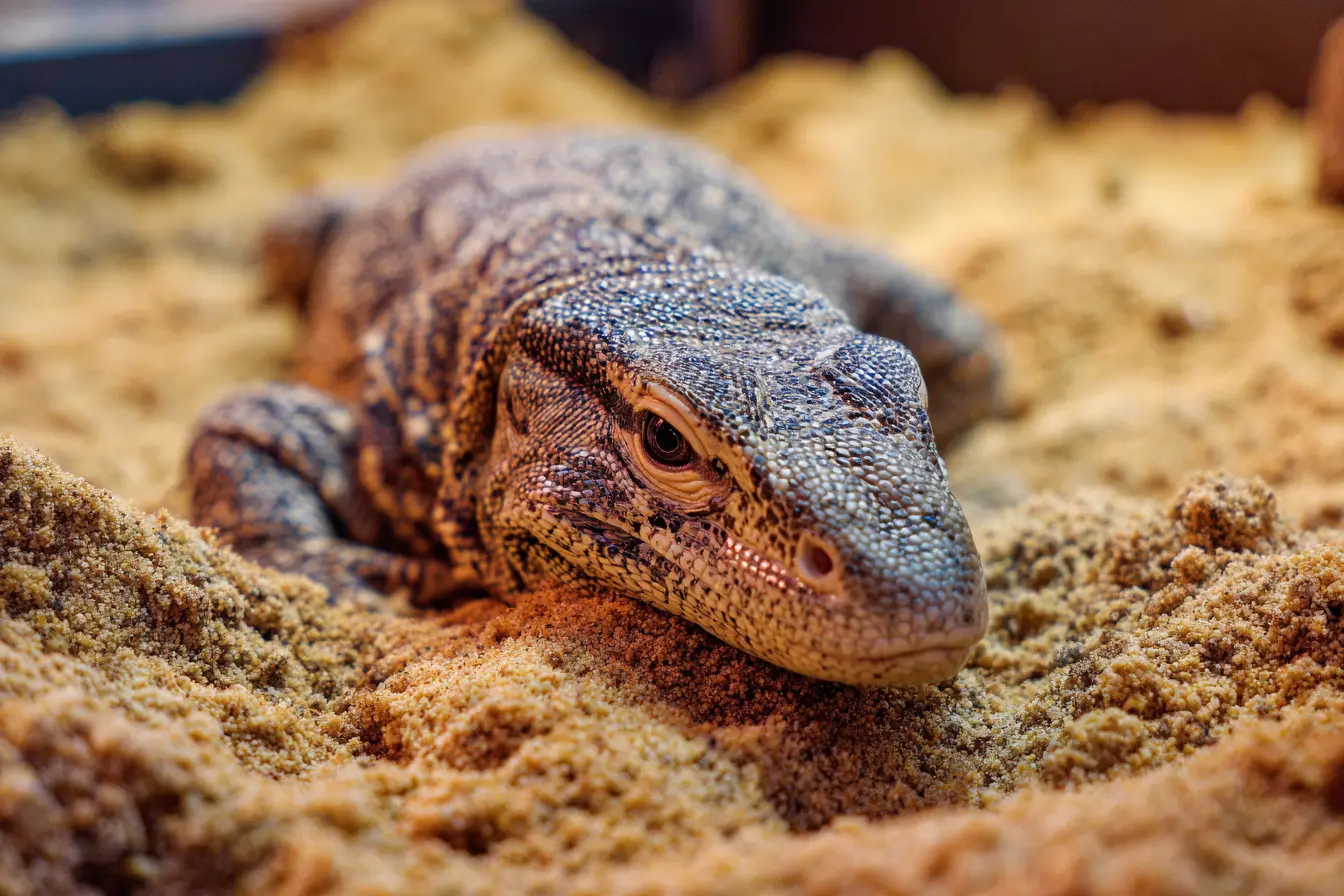
Keeping the Crocodile Newt: A Comprehensive Guide
The crocodile newt (Tylototriton spp.), often called knobby newt or Himalayan newt depending on the exact species, is one of the most visually striking amphibians available to dedicated keepers. Named for their rugged, ridged appearance resembling the scales of a crocodile, these newts are admired for their bold colouration and prehistoric looks. Found in parts of Southeast Asia, including China, Vietnam, and surrounding regions, crocodile newts thrive in cool, humid environments with access to both land and water.
This comprehensive guide covers everything you need to know about keeping crocodile newts in captivity, including natural history, enclosure setup, diet, behaviour, and breeding advice.
Physical Characteristics
Size
- Adult crocodile newts vary slightly by species but typically reach lengths of 15–22 cm (6–9 inches).
Lifespan
- In captivity, crocodile newts can live for 10–15 years, with some reports of individuals living over 20 years in optimal conditions.
Colouration and Skin Texture
- Their skin is dark brown or black, with distinctive orange or red markings along the parotoid glands, tail, and limbs.
- The back is lined with bony ridges and warty protuberances, giving the newt a crocodilian appearance.
- Skin is semi-rough and adapted to a semi-aquatic lifestyle.
Sexual Dimorphism
- Females are usually more robust with rounded bodies.
- Males may have a slightly longer tail and are slimmer, especially noticeable during breeding seasons.
Legal and Ethical Considerations
Many crocodile newt species are listed under CITES due to habitat loss and collection pressures. It is crucial to check national and local regulations before purchasing.
Always purchase captive-bred individuals from reputable breeders. Wild-caught specimens often suffer from stress and disease and their collection negatively impacts wild populations.
Housing and Enclosure Setup
Crocodile newts are semi-aquatic and require a habitat that provides both land and shallow water areas, mimicking forest streams and ponds.
Enclosure Size
- A single adult requires a minimum of a 60 litre (15 gallon) tank.
- For groups, a 100 litre (25 gallon) or larger enclosure is preferable to prevent territorial disputes.
Substrate
- Land area: Moist coconut fibre or organic topsoil mixed with sphagnum moss to maintain humidity.
- Water area: Shallow water section with smooth stones or gravel, cleaned regularly to prevent waste buildup.
- Many keepers opt for a paludarium setup, with both terrestrial and aquatic zones.
Hides and Decor
- Provide multiple hiding places with cork bark, hollow logs, and caves on land.
- Aquatic hiding spots can include ceramic caves or submerged logs.
- Live or artificial plants help maintain humidity and provide cover.
Temperature and Humidity
- Temperature: 16–22°C (60–71°F) is ideal; temperatures above 24°C (75°F) can cause severe stress and health issues.
- Humidity: Maintain high humidity between 70–90% by misting regularly and using moisture-retentive substrate.
- Seasonal drops in temperature are beneficial, especially for breeding.
Lighting
- Crocodile newts are nocturnal and do not require special lighting.
- A low-level light source helps regulate the day-night cycle.
- UVB lighting is optional but can support plant growth in bioactive setups.
Diet and Feeding
Crocodile newts are carnivorous and require a diet rich in protein, best supplied by live or frozen invertebrates.
Suitable Food Items
- Earthworms (an excellent staple)
- Crickets (gut-loaded)
- Bloodworms (live or frozen)
- Waxworms and mealworms (as occasional treats due to high fat content)
- Black soldier fly larvae
- Small dubia roaches
- Isopods and springtails (especially in bioactive setups)
Feeding Schedule
- Juveniles: Feed daily.
- Adults: Feed 3–4 times per week, offering food in the evening when they are most active.
Supplementation
- Dust insects with calcium powder once weekly.
- Use a multivitamin supplement once every 2–4 weeks, particularly during breeding seasons.
Behaviour and Handling
Crocodile newts are admired for their display qualities rather than interaction and should be handled sparingly, if at all.
Behaviour
- Primarily nocturnal, spending daylight hours hiding in moist shelters or submerged.
- Territorial in nature, particularly males—adequate space and multiple hides reduce conflicts.
- Slow-moving but active foragers during the evening and night.
Handling
- Handling should be avoided due to their sensitive, toxin-secreting skin.
- When necessary, use wet hands or powder-free gloves and limit contact time.
- Always wash hands before and after contact.
Health and Common Problems
Crocodile newts are hardy when kept in optimal conditions but are sensitive to environmental imbalances.
Common Health Issues
- Heat Stress: Exposing them to high temperatures can lead to rapid health decline.
- Skin Infections: Often caused by poor water quality or overly damp, stagnant conditions.
- Dehydration: Resulting from low humidity or lack of access to water.
- Inappetence: Stress from improper husbandry or enclosure design.
Preventative Care
- Maintain clean water and high humidity.
- Avoid high temperatures.
- Offer a balanced, varied diet.
- Perform regular enclosure cleaning and water changes.
- Quarantine new animals before introducing them to established groups.
Breeding Crocodile Newts
Breeding crocodile newts in captivity is achievable but requires careful environmental manipulation.
Breeding Triggers
- Cooling the enclosure during winter months stimulates breeding behaviour.
- Increasing misting and providing ample food can help condition breeding pairs.
Reproduction
- Males court females by nudging and tail fanning before depositing spermatophores, which females pick up.
- Females lay eggs singly, usually attaching them to aquatic plants or smooth surfaces.
Larval Care
- Larvae are fully aquatic and require a separate, clean aquatic environment with low-flow filtration.
- Feed larvae with live foods such as baby brine shrimp, daphnia, and microworms.
- After metamorphosis (typically 2–3 months), transfer juveniles to a semi-aquatic enclosure.
Conclusion
The crocodile newt is a captivating species that brings a prehistoric charm to any amphibian collection. With their rugged appearance, fascinating nocturnal habits, and relatively straightforward care needs, they are a rewarding choice for keepers ready to provide a cool, humid, semi-aquatic habitat.
By maintaining proper temperatures, high humidity, clean water, and a nutritious diet, crocodile newts can thrive in captivity and reward you with years of enjoyment. Though not suitable for handling, their impressive appearance and natural behaviours make them a favourite among dedicated amphibian enthusiasts.
Vets near you
Speciality vets
- Aquatics vet specialists
- Birds vet specialists
- Camelids vet specialists
- Cats vet specialists
- Cattle vet specialists
- Deer vet specialists
- Dogs vet specialists
- Equines vet specialists
- Exotic vet specialists
- Goats vet specialists
- Pigs vet specialists
- Poultry vet specialists
- Sheep vet specialists
- Small Mammals vet specialists
- Wild vet specialists



